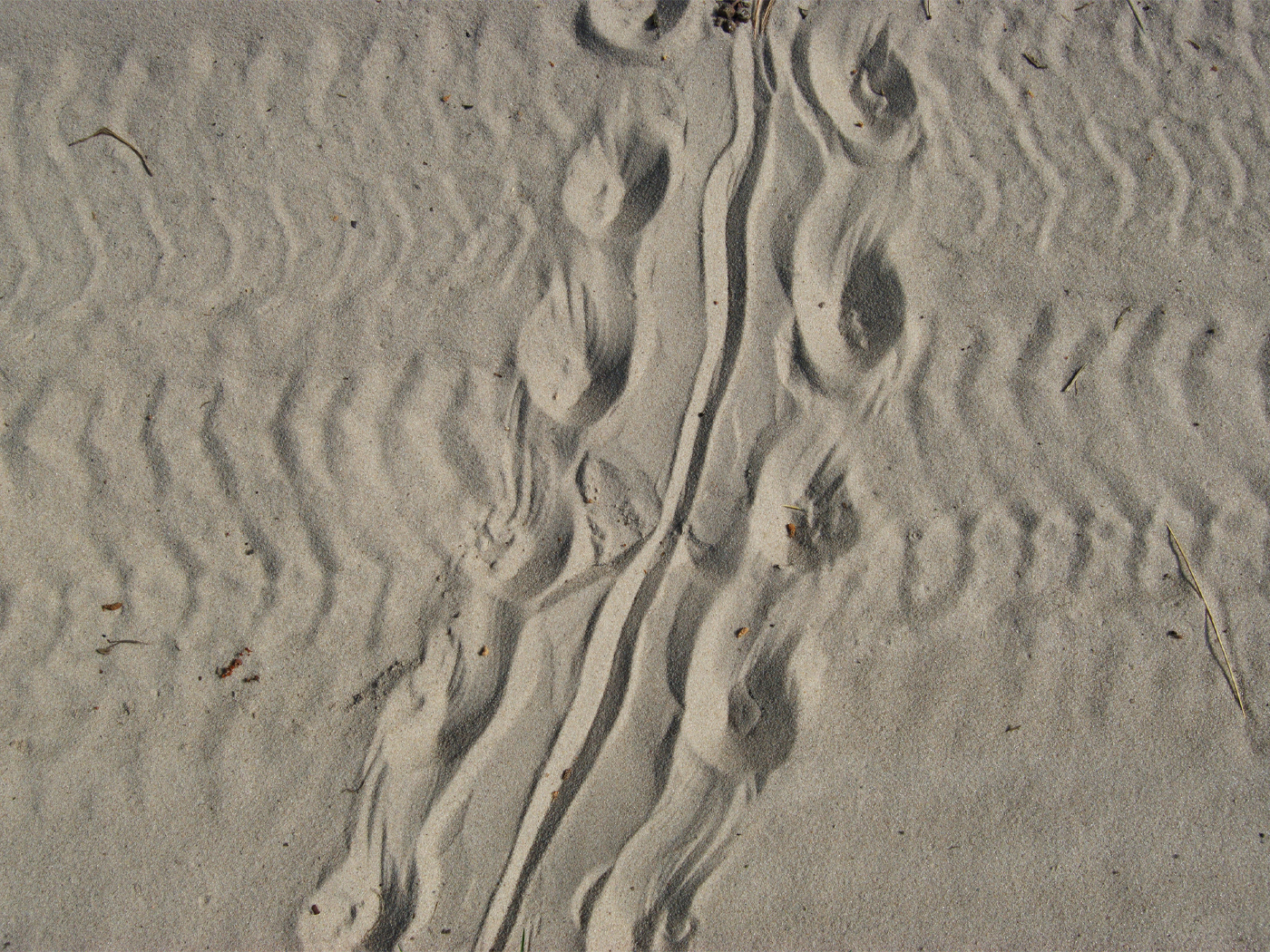The standard story of the origin of Australia goes something like this: Many millions of years ago, the earth had one continent called Pangaea. Around 120 million years ago, a landmass that included the future Africa and South America inexplicably1 broke off and began pulling away. Then, 80 million years ago Australia separated from Antarctica—thus Australia became isolated. The creatures trapped on Australia underwent millions of years of evolution separately from the creatures on other continents, since there was no breeding across continents then.
All it takes is one fossil bone to throw a wrench into that tale. The Herald Sun reported on June 12, 2008, that a 19cm forearm bone was found near Cape Otway, Australia. The bone looks just like one from the South American megaraptor! How did a South American land-dwelling dinosaur get to Australia? The Sun reports, “The investigators say the two dinosaurs are so similar that land bridges must have persisted between southern South America and the Western Antarctic Archipelago ‘until at least the Late Eocene,’ a period that began some 40 million years ago.”2
Wait a minute. Was Australia connected to other continents via land bridges 80 million years ago, or 40? Are either of these estimates even in the ballpark?
This fossil discovery fits well with a biblical history, which goes something like this: Around 2348 BC, a worldwide flood crushed and reshaped the earth’s surface, breaking up a single landmass (Pangaea) into continents and fossilizing countless living things. Prior to the Flood megaraptors roamed Pangaea, during the Flood they were fossilized, and in the late Flood stages the boundaries of new continents (along with their fossils) were roughly shaped. Unlike the standard story, the outlines of this history have been testified to by reliable eyewitnesses, and this testimony has been faithfully preserved in Genesis.
Reference
- The word "inexplicably" is used because there is no evolutionary model that adequately explains this event. Evolutionists insist that present processes produced earth's features. However, no process is currently producing fossil assemblages, continent-wide sedimentary rock layers, or new ruptures in continental crust. Creation science maintains that a global Noahic flood ruptured the original earth crust and deposited massive sediments that lithified into much of the sedimentary rock layers seen today.
- History a bone of contention after dinosaur find. The Herald Sun. Posted online at Heraldsun.com.au June 12, 2008, accessed June 17, 2008.
* Mr. Thomas is Science Writer.
Article posted on June 23, 2008.





